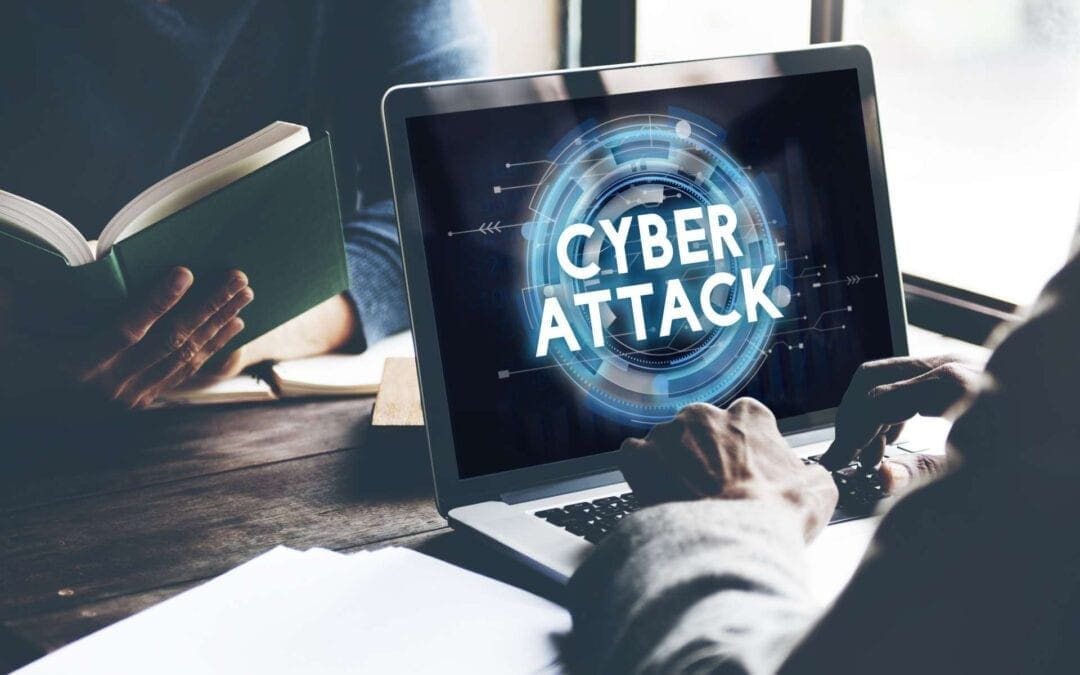Recently, we were asked to cover this important topic by one of our fellow community members on Twitter. As he mentioned in his request, this tech vulnerability is something that’s scary. It’s scary because IT teams, as well as consumers, are often blinded from it. Nobody thinks of webcams as the way in for a hacker, and yet as we always share with you on our blogs, every aspect of your business operations is a way that cyber criminals can get in.
On the basis of this our first tip for staying on top of your webcam security, and all matters related to securing your enterprise to protect your data assets, your business, and employees (as well as their families), is to never underestimate how a cybercriminal will try to get into your network.
Webcam Security Tip 1: Never underestimate how a cybercriminal can get in.
Simply by accessing a computer in your office (or one that is used for remote working) through the computer’s webcam, a cybercriminal is able to gain access to your network because the computer is connected to it. Not only can they get ahold of what information is on the computer they’ve infiltrated, but they can also proceed to finding passwords stored on the computer that would then give the hacker access to other business software used to store data. They can get into the cloud you use to store all your company’s files and find admin access to other business-related programs that you use and that are synched on the computer.
With a computer connected to the network, for example one that uses a software like TeamViewer, they can also get to your main office server (and do what they want once they’re in). For this reason, another very important point to make on the topic of webcam security, is to always keep eyes on news regarding vulnerabilities with any software you use to conduct your day-to-day operations.
Webcam Security Tip 2: Patch vulnerabilities and stay up to date on patches of the tech, apps, software and anything else you use to conduct business.
As you’ve probably heard, recently Apple released silent patches for macOS to help with the Zoom vulnerability that could lead to “camfeting” or hijacking of MacBooks’ webcam and other cameras connected to the system. This is just one example of a software that many companies use, which give access to your webcams, due to a vulnerability.
Vulnerability management isn’t something new for IT security professionals; in fact, it’s something that is part of a CIO’s job within the enterprise. However, a recent study reveals that 80% of systems have at least one CVE vulnerability, over 70% feature more than one CVE vulnerability and as many as one in five enterprise IT systems feature over ten unpatched CVE vulnerabilities at any point of time. There are many reasons why this is the case, one of which lack of security experts to go around, and also, an overwhelming amount of areas for one person to cover and keep in mind.
With this in mind, when it comes to each computer’s software updates and patches for the computer’s system, ensuring everyone who uses a computer to conduct business learns to apply the patches needed and stays informed on the exact programs being used, can help thin out the CIO’s job, as well as keep webcams and other computer vulnerabilities in check. Even though this may sound complex, on today’s computers all patches can be regulated and made to take place automatically. Even browsers are updated regularly and make it very easy to apply.
In addition to these two tips, having security technology like antiviruses and firewalls is also something that needs to take place within the enterprise.
Webcam Security Tip 3: Ensure you have a firewall in place and antivirus software for computers and apps alike.
Security is never a one stop shop, it’s always multilayered and requires people in addition to technology and software. Yet, ensuring you have an antivirus to protect your computer and the apps you use is never unhelpful. Not only do you keep your computer safe, you do so for the network too, and you can contain any infiltration much more readily thanks to having been warned as soon as your antivirus sounds off the alarm. The same goes for firewalls being able to keep certain dangers out and creating another layer of security that hackers would have to get through before reaching your network.
Although there can be problems with these technological solutions, if you have any IT personnel and/or a security expert you consult with (at the very minimum), issues like false positives or conflicts with programs you use and the firewall, can be overcome without risking your security.
While webcams may seem harmless in the risks they can bring to the enterprise, they are not; just like everything else technological within the enterprise or outside of it and used by employees, and any third-party service provider software, cloud or app connected to the network and that has access to your data assets. If you feel overwhelmed by anything cybersecurity related, please don’t hesitate to contact us.
You can schedule your free consultation here!
And for your webcam security; these three tips can, at the very least, keep best practices in mind that you can implement immediately to minimize risks and the overall dangers that can come with the use of a computer that has a webcam.
For additional cybersecurity assistance, feel free to reach out.

